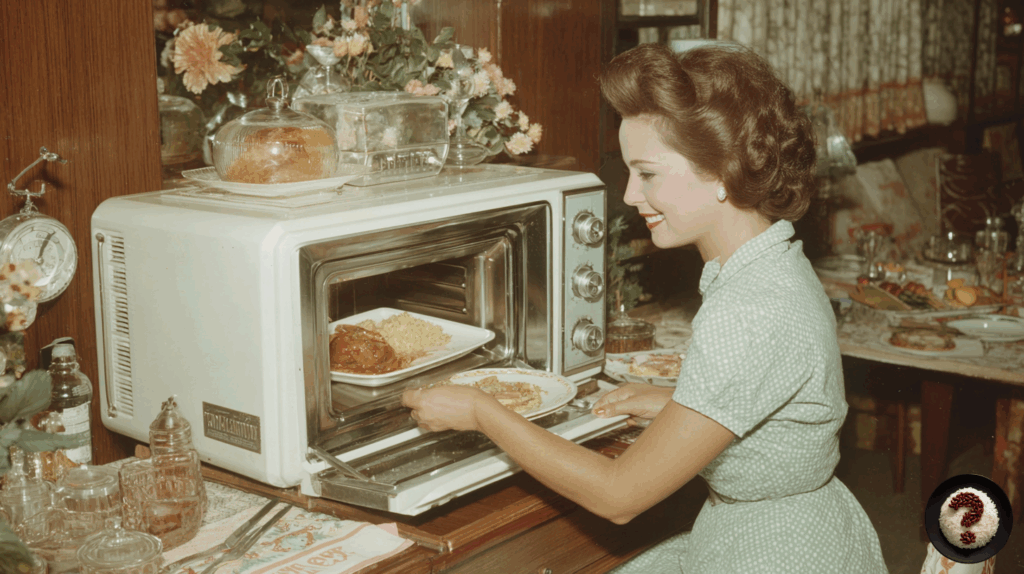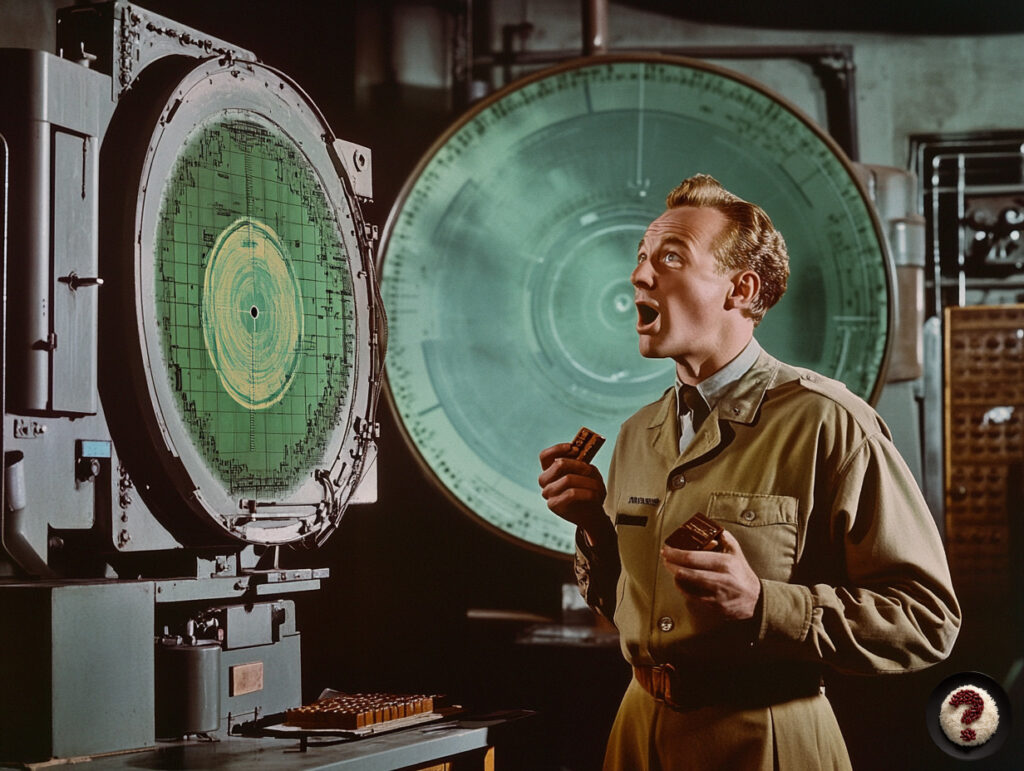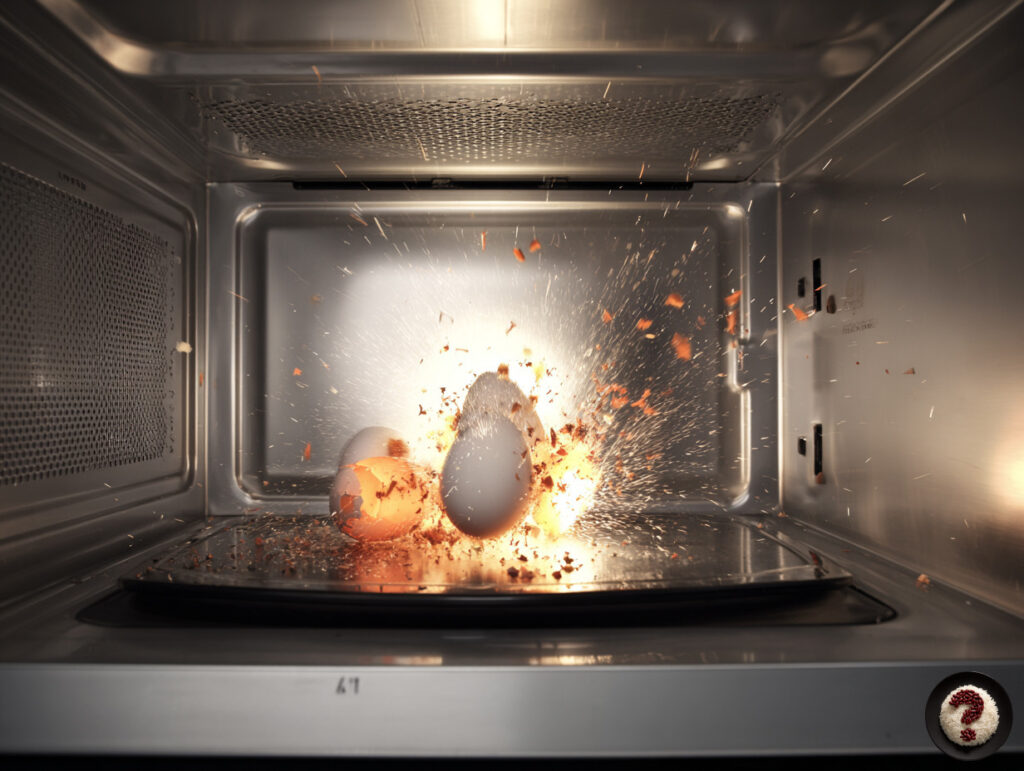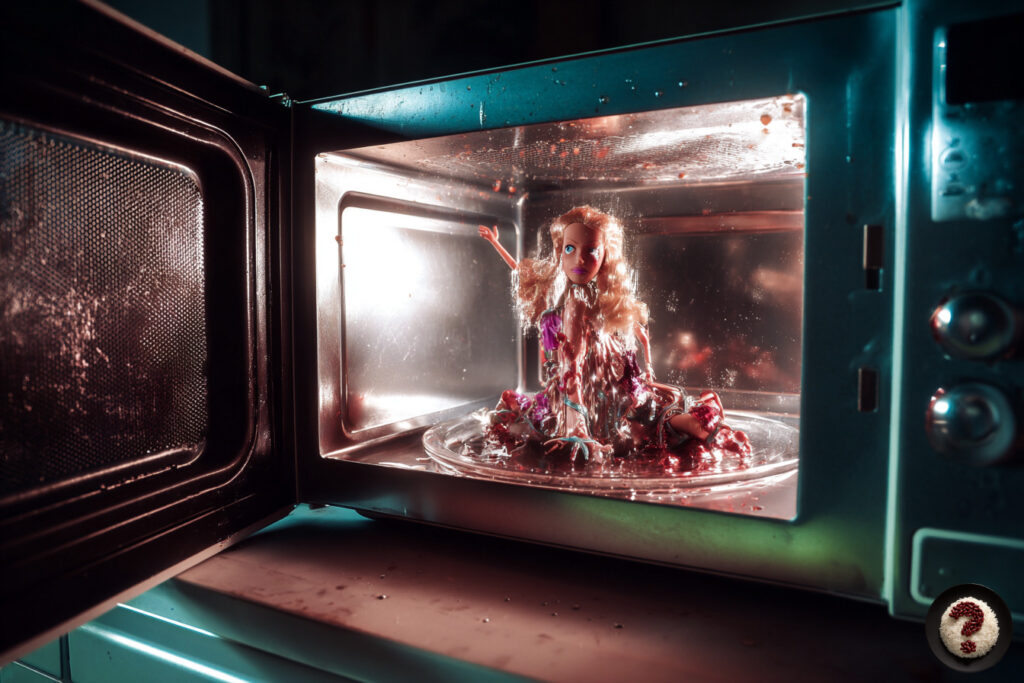
The Hot History and Fun Facts of the Microwave Oven
One of the fastest, most practical, yet most mysterious ways to heat food at home is the microwave oven. It gets food hot in just 45 seconds, but some things are still hard to explain: Why does the edge of the food sometimes burn while the center is still ice cold? Or why does the pasta we heat in the microwave lose its flavor?
Today, we’re going to look at both the history of the microwave oven and its fun side. If you’re ready, let the time travel begin. But this time, in microwave time, high-wattage style!

Where Did This Appliance Come From?
The invention of the microwave oven was actually a bit accidental. In 1945, American engineer Percy Spencer was working on radar equipment when he noticed the chocolate bar in his pocket had melted. He didn’t just say, “Oh well, my pants are ruined,” he investigated the matter and, a few years later, discovered that microwave technology could be used for cooking.
Just think: A normal person would just say, “There goes my pants,” about melted chocolate in their pocket. But Percy Spencer turned the incident into a scientific opportunity. Kudos to him!
Early Microwaves Were Gigantic
The first microwave ovens were not small enough to sit on a countertop like today’s models; they were nearly the size of a refrigerator. The first commercial model, launched in 1947, weighed 340 kilograms (about 750 pounds)! Yes, if you wanted to heat food with a microwave, you first needed to rent a crane.
It’s hard to believe that today’s compact microwaves evolved from these gigantic monsters, but that’s science: everything eventually becomes “compact.”
So, How Does It Work?
Microwave ovens heat your food by using microwave radiation to vibrate the water molecules inside the food. This vibration turns into heat. This means the heating happens from the inside out, rather than the outside in. This is why you sometimes get that scenario of “scorching hot exterior, icy cold center.”

Exploding Potatoes in the Microwave Can Be Dangerous
Yes, seriously! If you put a whole, unpeeled potato (or an egg!) in the microwave, the steam inside gets trapped and can go “pop!” Scaring both the microwave and you. If you want mashed potatoes, puncture the skin with a fork first to allow the steam to escape. Otherwise, you might be left alone with a miniature kitchen bomb.
Microwave and Metal: Great Love, but Forbidden
Everyone knows this by now, but it bears repeating: Don’t put metal in the microwave. Knives, forks, aluminum foil… They all create sparks in the microwave. It’s like an “electric fireworks show.” This isn’t a magic trick; it’s a genuine fire hazard!
Microwave Oven = Student House Essential
Especially in student homes, the microwave is practically the “CEO of the house.” Everything from instant noodles to pizza, yesterday’s leftover rice to milky coffee, passes through its hands. And nobody truly appreciates its value. It makes a sandwich, and it resurrects leftover pastries. A silent hero, indeed.
The Truth About Cleaning Sponges in the Microwave
If your dish sponge smells bad, you can dampen it slightly and put it in the microwave (but make sure there’s no metal first!). A 30-second microwave session can kill the bacteria in the sponge. The microwave heats not just food, but also hygiene.

Microwave Art Is a Thing!
Artists are using the microwave literally as a “creative oven.” They melt CDs (don’t try this!), soaps, marshmallows, and crayons in the microwave to create different forms of art. Of course, these jobs should be left to professionals; if you try it at home, you might melt instead of the oven.
The Mug Cake Legend
The savior for those craving cake at home but not wanting to bother with the oven: Microwave Mug Cake. A mug, a little flour, a little cocoa, a little imagination, and it’s ready in 2 minutes! Though cleaning that mug afterward isn’t quite as easy as making the cake…
Microwave Ovens Do Not Create GMOs!
This is a myth that is still passed around by word of mouth: “Food gets radiation in the microwave and becomes GMO.” Absolutely not. Microwaves do not make food radioactive. There is no radiation inside, only microwaves. These do not disrupt the food’s DNA; they just make you happy while you eat.
The “Spinning But Not Heating” Phase
Every microwave goes through a phase: spinning but no heat. During this phase, the appliance feels like it’s stalling you. Your food spins, sometimes the light is on, but the result: Cold meatball. This is the “last gasp of the magnetron” in microwave ovens. Either retire it or send it for repair.

Microwave: The Peeping Tom of Time
Have you ever stood in front of the microwave, “hypnotized,” while heating food? You probably have. That illuminated interior, the food spinning, those strange silent pops… It’s like watching a planet rotate in space. That’s why microwave ovens are not just practical; they’re also a mini-documentary screen.
Conclusion: The Microwave Oven = The Kitchen Wizard of Modern Times
Microwave ovens are the unseen superheroes of kitchens. Perhaps they are not as glamorous as a full oven, and maybe our mother still says, “I prefer a skillet.” But let’s face it: if the microwave didn’t exist, some of us would still be struggling with a kettle just to heat up coffee.
The microwave saves time, rescues meals, and is always useful, even if it sometimes turns into a test of patience. Let’s give it credit.
Final Word: Next time you turn on the microwave, give it a heartfelt “thanks, buddy.” Because it’s there for you even at your hungriest, most tired, or laziest moment. Quietly, spinningly… trying to help.
